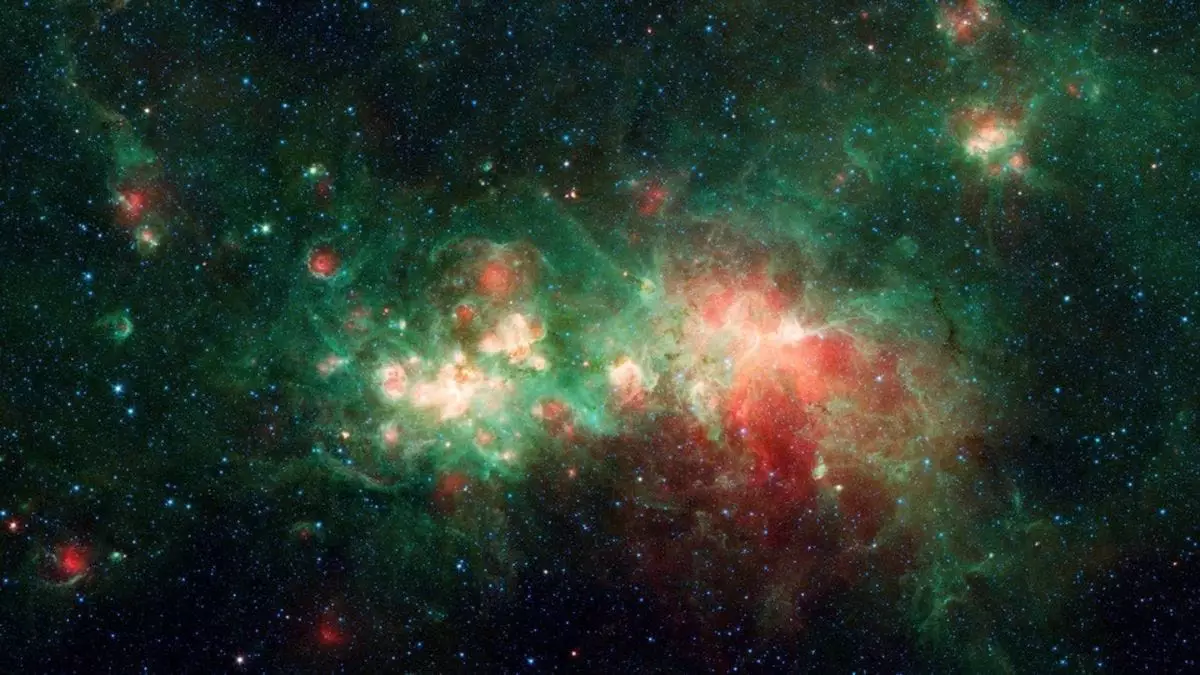Recent scientific advancements have unveiled intricacies in the expansion and evolution of the universe that defy traditional models, sparking new discussions within the astrophysical community. A collaborative effort led by Joshua Kim and Mathew Madhavacheril from the University of Pennsylvania, alongside researchers at the Lawrence Berkeley National Laboratory, has utilized findings from two prominent cosmic surveys—the Atacama Cosmology Telescope (ACT) and the Dark Energy Spectroscopic Instrument (DESI)—to explore the universe’s developmental history. Their research signifies a critical leap toward understanding how cosmic structures have evolved over billions of years.
This study reflects a meticulous analysis, merging data from two distinctive yet complementary sources. ACT focuses on cosmic microwave background (CMB) lensing, providing a detailed view of the universe as it was roughly 380,000 years post-Big Bang. In contrast, DESI captures the three-dimensional arrangement of millions of galaxies, elucidating the formation of cosmic structures over more recent periods. By integrating these insights, researchers have endeavored to construct a more comprehensive narrative of cosmic evolution, one that encompasses both the nascent moments of the universe and its more contemporary developments.
The most profound aspect of this investigation is the identification of a discrepancy in the anticipated distribution of cosmic structures, particularly regarding their “clumpiness” as measured by the Sigma 8 (σ8) parameter. This deviation raises questions about the standard cosmological models that have dominated our understanding thus far. Specifically, the findings suggest a lower-than-predicted σ8 value, indicating a potential gap between observable data and established theoretical forecasts. Mathew Madhavacheril articulated that although the majority of results harmonize with Einstein’s gravitational theory, this anomaly captivates interest and warrants deeper exploration.
Intriguingly, one of the leading hypotheses arising from this research is that dark energy—a mysterious force propelling the accelerated expansion of the universe—might be influencing cosmic structure formation in unexpected ways. This theoretical framework could challenge the fundamental assumptions underpinning current cosmological models and enhance our understanding of the universe’s dynamics. The implications of such findings are vast, suggesting we may be on the cusp of redefining longstanding notions about existence itself.
As the scientific community anticipates the advent of advanced observational technologies like the Simons Observatory, researchers are hopeful that future investigations will further delineate these discrepancies. Such studies will likely enable cosmologists to ascertain whether these new observations are merely statistical anomalies or reveal subtler, yet-unrecognized physical mechanisms that govern cosmic evolution.
This groundbreaking research underscores the complexity of the universe and hints at laws of physics yet to be discovered. As we continue to unravel the cosmic tapestry, each new finding brings us one step closer to a more nuanced understanding of our extraordinary universe.


Leave a Reply